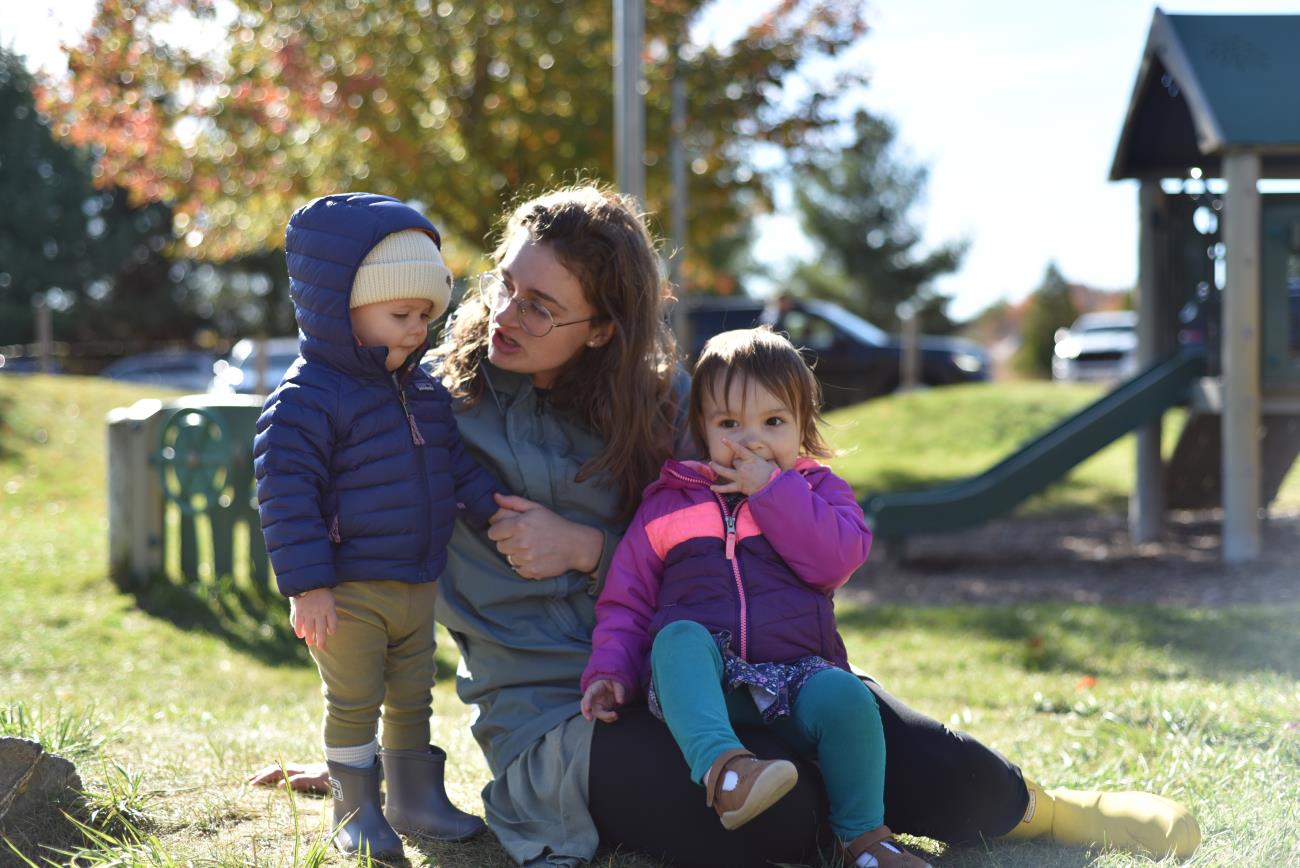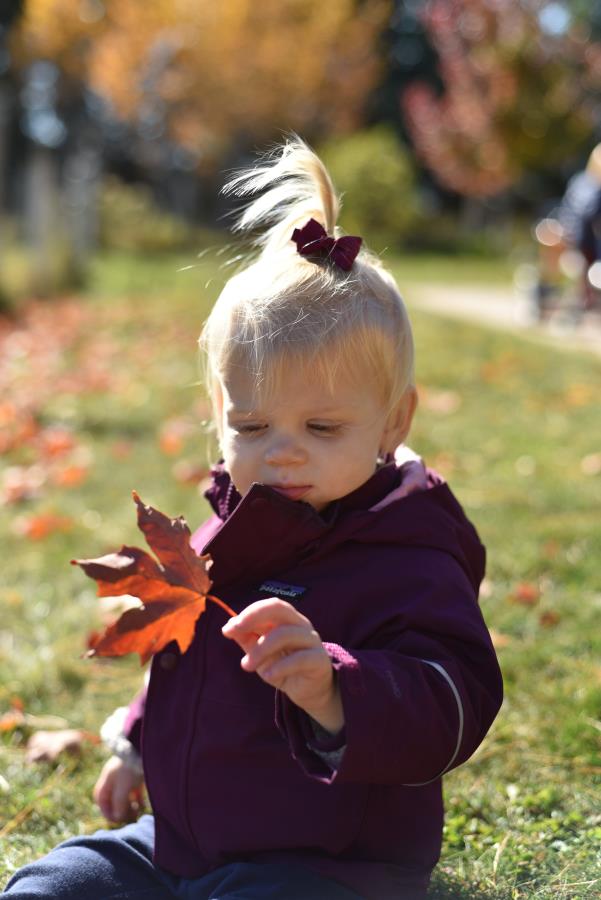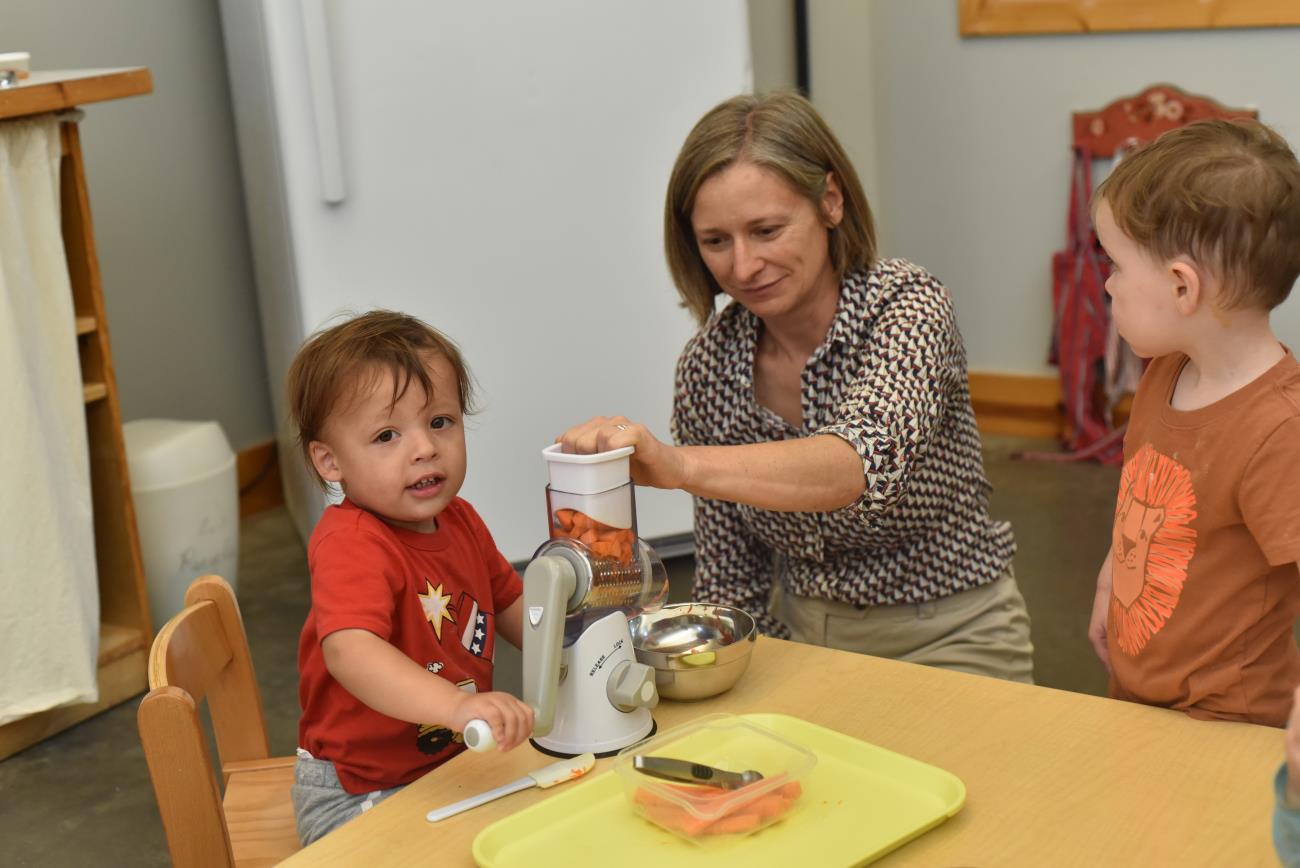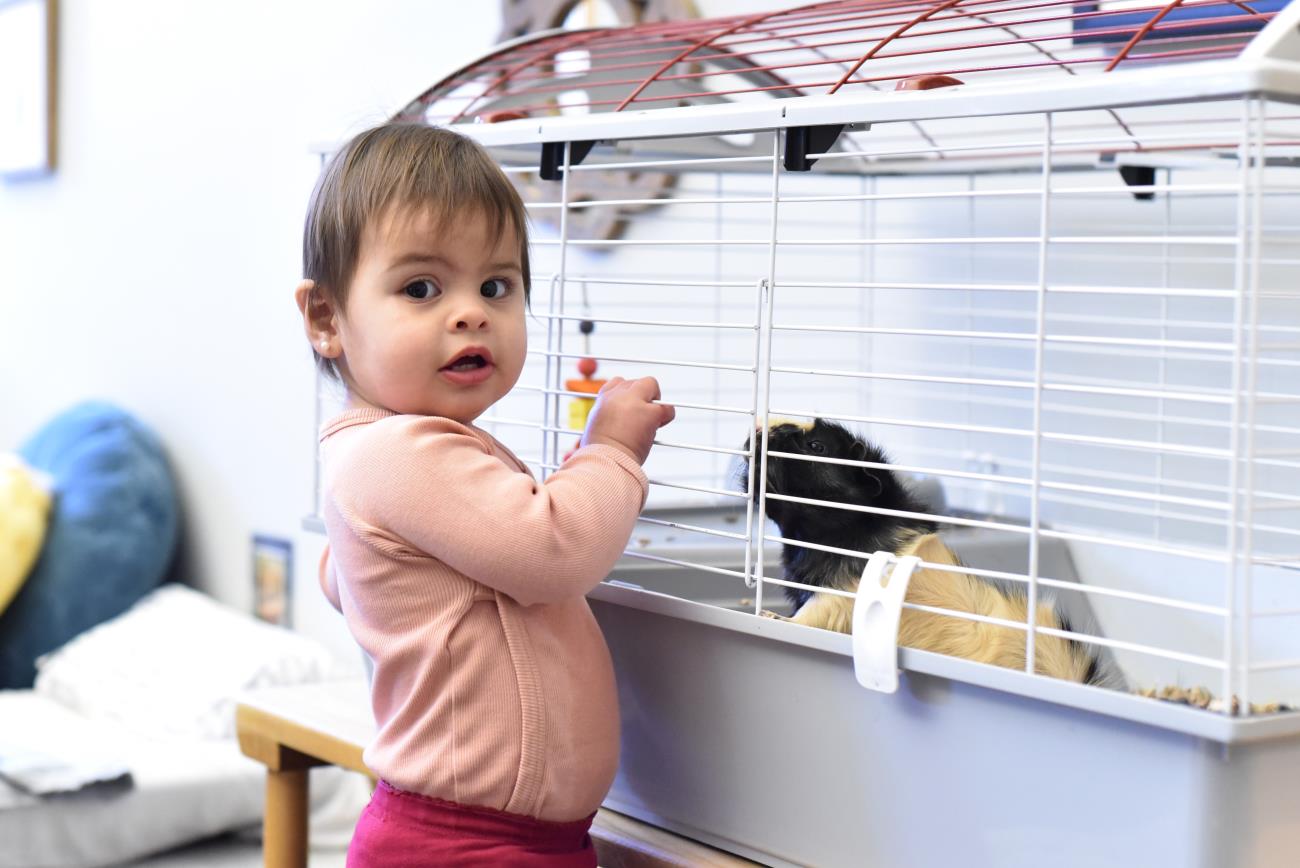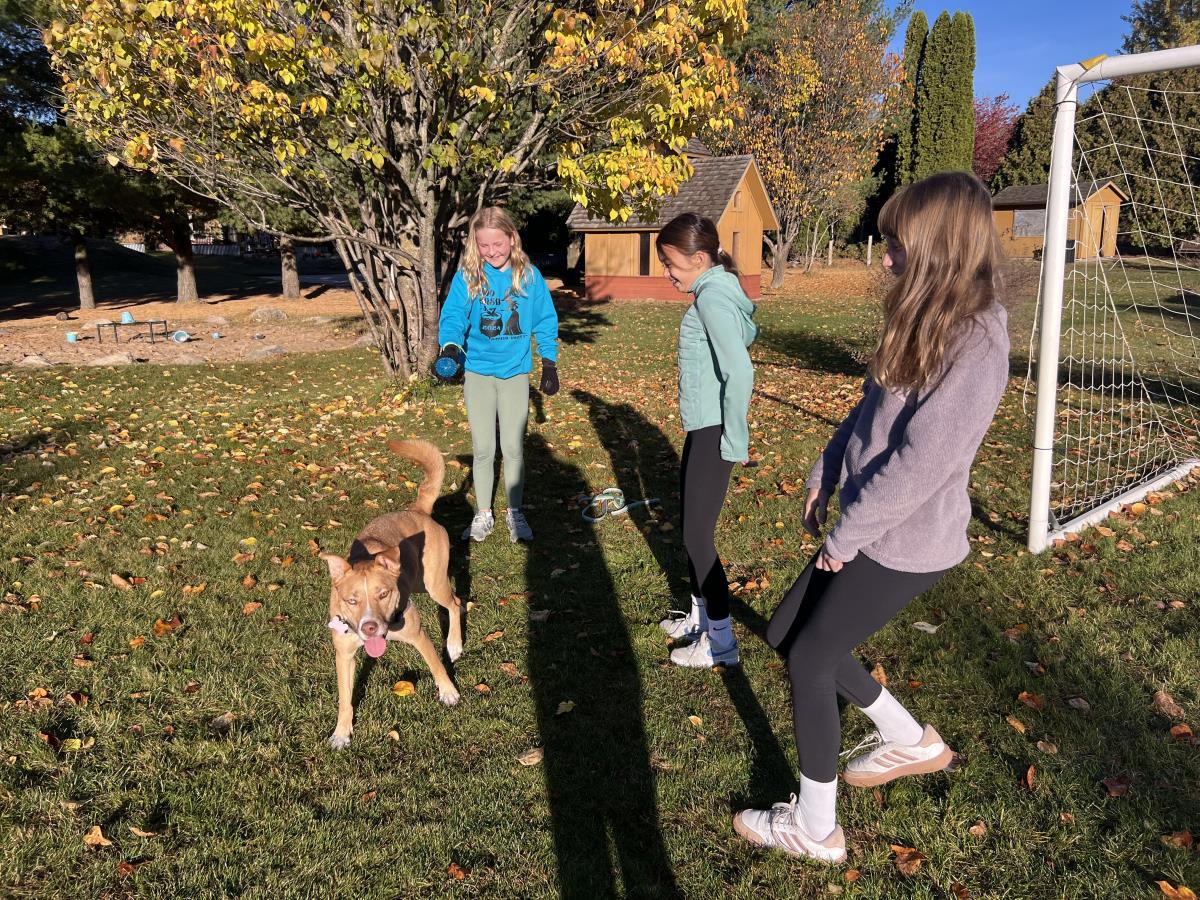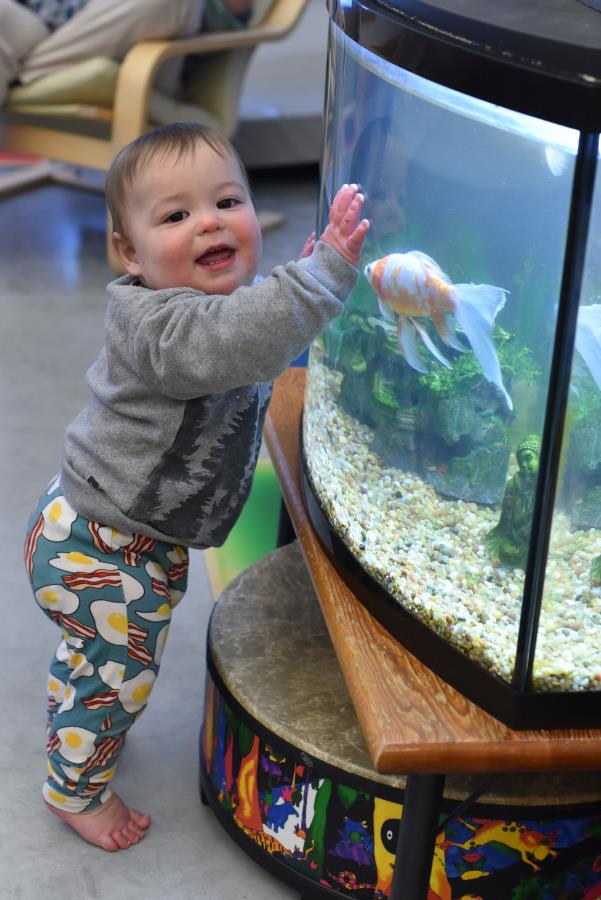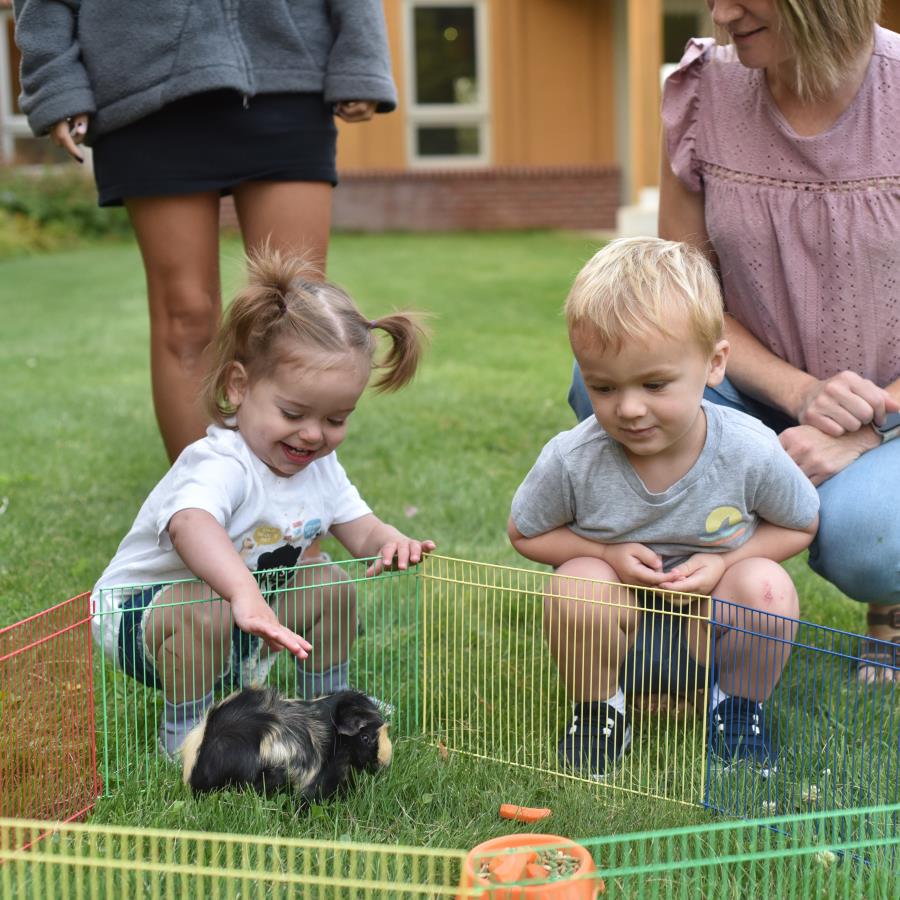Toddlers are curious, willing, and loving. They are strong-willed, know what they want, and are very driven to achieve it. They test and push the boundaries. They give the best hugs. They are painfully honest, have big feelings, and have many opinions about life. They are my favorite people!
Typically, toddlers seem to do things slowly, taking every moment in, enjoying the process, not the product. They do not feel the same sense of urgency as we do: we want the task to be accomplished, the toddler wants the task to last as long as they are interested in performing it. However, they are very easy to distract: they see something and immediately forget what they were doing. When they do discover deep concentration, they are capable of working for a prolonged period of time. In our Young Children’s Community, we present lessons with slow movements so the child can repeat our actions. We talk to a child in a slower manner to allow them to process our words.
You may ask: Do toddlers always move slowly through the classroom? Of course not, you can frequently see an excited toddler galloping through the room, or an artistic toddler performing an unknown song of their own composition in a very loud volume, or a group of toddlers trying to exercise social interactions in not the most socially acceptable manner. Usually, they act that way because they feel tired and overstimulated. They certainly are not slow or calm and far from peaceful. My golden method for bringing them back to calmness is going for a walk. After a short walk around the campus, we usually end up at the playground. Digging in the sand, listening to the birds singing. Enjoying open space without too many rules always restores deep concentration, relaxation, and happiness.
Slowing down with toddlers has parallels to our own busy lives, where there are too many things on the checklists and not enough time to accomplish them. Sometimes life feels too busy and stressful. Our job’s expectations do not allow us to slow down. We also want to do so much for our children and feel guilty when we are doing less. But less and simpler is the best that we can offer our toddlers. They need connections, quality time, cuddles, our presence, being heard and noticed, feeling helpful, and being a contributing member of the family. Remember, they are two only once, and everything you do with your toddler builds memories for the future.
If your family's mornings are hectic, try to slow down in the evening. Plan some downtime after the busy week. Unplug, avoid screen time, go for a walk, ride a bike, read a book together, tell your child a made-up story, light a candle at the dinner table, or listen to music. Try it for a week or two and see what you think about it.
The Montessori philosophy uses classroom pets to connect students to the natural world and creates interconnections with all living things. The philosophy involves teaching empathy, compassion, practical life skills, observation, and curiosity. There are many ways in which a pet in the classroom fosters these teachings.
The children’s practical life skills shine when it comes to taking care of our classroom pet Fonzie. She is a guinea pig who has been a member of our community since the fall of 2021. The children are the first to notice if she needs food, water, or fresh vegetables. A work was created for the children to scoop pellets into a bowl with a little wooden scoop. It takes focus, eye-hand coordination, and the ability to sweep up what falls to the floor. There are always eager hands reaching for the water bottle when it's empty with the hope of being able to fill it at the sink. A favorite activity is walking to the kitchen and finding cucumbers, carrots, and other leftover vegetables from lunch to bring to the classroom to chop and peel for our sweet pig. The kitchen classroom Elementary students love to bring veggie scraps after all their hard work prepping lunch for the school. Fonzie squeals in delight whenever the children approach her cage eager for a snack.
Empathy and compassion are continually practiced, when we use gentle hands to pet Fonzie. We make slow, small movements as we bring our hands to her head for a pet after observing fast moments scare her. We keep our voices soft so she is calm and receptive to our affection. The children’s self-regulation is strengthened with each interaction.
A classroom pet can be various animals, including fish, pocket pets such as hamsters, and even caterpillars that transform into butterflies. The living creature will illicit curiosity, through observation as the pet follows their instincts and antics. Fonzie is a constant source of entertainment by simply moving about the cage.
Fonzi is a respected member of our community. She is included in our class roster, and to the children’s delight, we sing her name in our greeting song during group. She is extremely loved.
